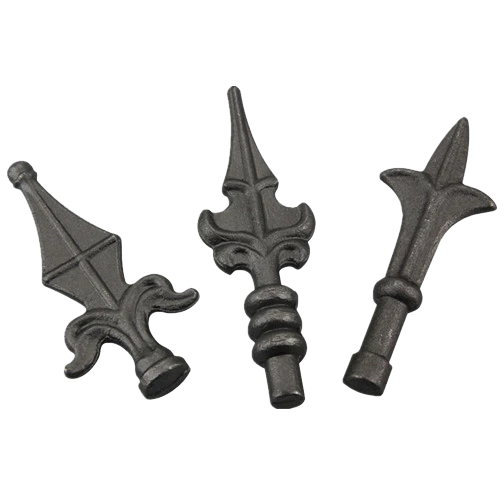Mobile:+86-311-808-126-83
Email:info@ydcastings.com
Understanding the Function and Design of Turbine Pump Impellers in Fluid Systems
Understanding Turbine Pump Impellers
Turbine pumps are widely used in various industrial applications, particularly for moving fluids in a wide range of environments. Central to the efficiency and efficacy of these pumps is the impeller, a critical component that drives the movement of fluid through the system.
The impeller in a turbine pump serves several essential functions. Primarily, it converts rotational energy from the motor into kinetic energy in the fluid, resulting in a pressure increase. The design of the impeller significantly influences the pump's performance, efficiency, and operational characteristics. Generally, turbine pump impellers can be classified into two main categories closed impellers and open impellers.
Closed impellers feature a shroud that encapsulates the blades, providing a more efficient flow path and higher-pressure capabilities. This design minimizes turbulence and enhances fluid stability. Closed impellers are particularly effective for handling liquids with a low amount of solids or those that are clean, as they reduce the likelihood of clogging and wear.
turbine pump impeller

On the other hand, open impellers consist of blades without a shroud, allowing for a larger passage through which fluids with solids can pass more freely. While they may have a lower efficiency compared to closed impellers, open impellers are often more suitable for applications involving slurries or liquids containing suspended particles. Their sturdier design can better withstand the abrasive nature of such fluids.
The materials used in manufacturing turbine pump impellers are equally crucial. Common materials include bronze, stainless steel, and thermoplastics. The choice of material depends on the fluid being pumped, its temperature, and potential corrosive properties. For instance, stainless steel is preferred for pumping corrosive fluids due to its resistance to oxidation and corrosion, while bronze may be chosen for its durability and strength in less aggressive environments.
Moreover, the impeller's design parameters—such as diameter, blade angle, and number of blades—can be tailored to optimize performance based on specific application requirements. Balancing these factors is essential to achieving desired flow rates and pressures while maintaining energy efficiency.
In summary, turbine pump impellers are vital components that directly influence the pump's overall performance. Understanding their design, material selection, and functional capabilities is essential for engineers and operators aiming to maximize the efficiency and lifespan of turbine pumping systems. As technology continues to advance, ongoing research and development in impeller design promise to enhance fluid handling capabilities and efficiency even further in the future.
-
Why Should You Invest in Superior Pump Castings for Your Equipment?NewsJun.09,2025
-
Unlock Performance Potential with Stainless Impellers and Aluminum End CapsNewsJun.09,2025
-
Revolutionize Your Machinery with Superior Cast Iron and Aluminum ComponentsNewsJun.09,2025
-
Revolutionize Fluid Dynamics with Premium Pump ComponentsNewsJun.09,2025
-
Optimizing Industrial Systems with Essential Valve ComponentsNewsJun.09,2025
-
Elevate Grid Efficiency with High-Precision Power CastingsNewsJun.09,2025











